|
Wheat MP-1255: Matures in 119 days, high yielding (41-45q ha -1),
lustrous bold seeded with multiple resistance. Rich in Iron, zinc and suitable for
pasta making and export.
|
 |
Wheat MP 3382: Matures in 119days, high yielding (59.75 q ha -1),
bold seeded, multiple resistanc and heat tolerant. Rich in Iron, zinc and protein
and suitable for chapatti making.

|
|
Rice JRB-1: Matures in 120-125 days, high yielding (56q ha-1),
Bold seeded with multiple resistance to diseases and insect-pests.Tolerant to lodging
coupled with high nitrogen use efficiency (150kg ha-1 RDN) despite this, low yield
reduction in poor nitrogen supply. Suitable for poha making.This variety has also
identified by CVRC in 2015. |
JRH-19 :Short duration matures in 95-100 days, high yielding (65-70
q ha-1), consumes less water and tolerant to diseases |
|
JGK-5 :Matures in 100-110 days, high yielding (8-10q ha-1), Bold
seeded like Kabuli channa with tolerant to diseases
|
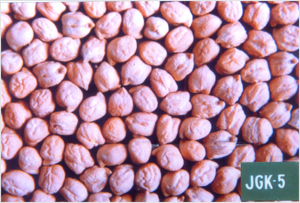 |
|
JK137 : Matures in 102-107 days, high yielding (29 q ha-1), Resistant
to droughtand tolerant to diseases |
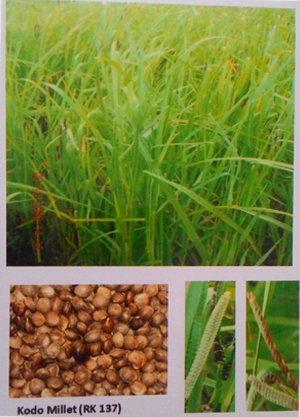 |
|
JS 20-69: Matures in 93-95 days, high yielding (25-28 q ha-1),
Multiple Resistant to diseases. No shattering and lodging observed. |
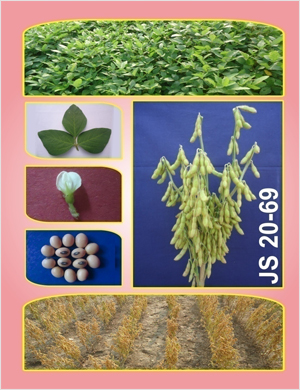 |
During the year 2007-2012 about 48480.4 kg of breeder seed of different vegetables
has been produced by the Vishwa Vidyalaya and supplied to the State government and
other agencies for multiplication for further distribution to the farmers resulting
to marked increase in yield of vegetables. It has brought about improvement in socio
economic status of the farmers.
|
AICRP ON SOYBEAN
|
|
Extra Early : JS 95-60, JS 20-34
Early duration : JS 20-98, JS 20-29, JS 93-05, JS 20-29
Late duration : JS 97-52 |
|
|
JS 20-98 (2017)
|
Duration: Early 96-98 days
Yield: 25-28 q/ha
Features: It possesses high yielding potential under adverse and
normal situations both. Multiple resistant against most dreadful diseases like Yellow
Mosaic Virus and charcoal rot, including other important diseases viz., blights,
bacterial pustules, leaf spots and insect-pests. It possesses excellent germinability
and longevity. It is suitable for timely sowing, medium to high rainfall conditions
and medium to heavy soils. Especially, it will be more suitable for YMV and Charcoal
Rot prone areas. This variety will be very much suitable in regards to the sustainability
of soybean production in Central Zone even in the incidence of abiotic and biotic
stresses. |
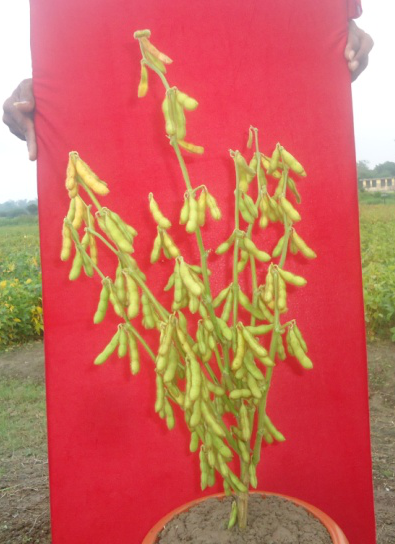 |
|
JS 20-69 (2016) |
Duration: Early variety matures in 94 days.
Yield: 25-28 q/ha
Features: JS 20-69 is an early, high yielding variety with multiple
resistance against biotic stresses like yellow mosaic virus, charcoal, blights,
bacterial pustules, leaf spots, stem fly, stem borers and defoliators. It possesses
excellent germinability and longevity. Being an early genotype suitable for most
of the soybean growing areas and for double cropping in rain fed situations. It
has semi erect growth habit found suitable for intercropping. |
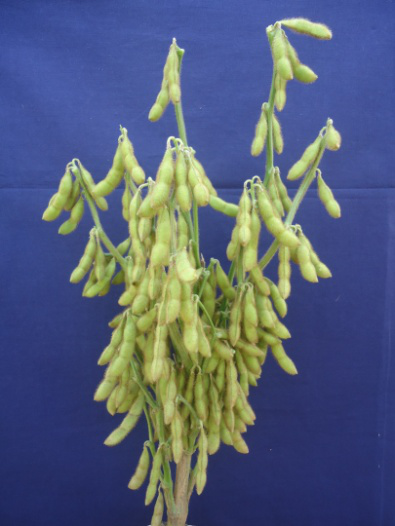 |
|
JS 20-29 (2014) |
Duration: 93-95 days.
Yield: 25-30 q/ha
Features: Early variety with high yield potential. Multiple resistant
for YMV and charcoal rot and resistant to tolerant for other diseases (blights,
bacterial pustules, leaf spots) as well as insect- pests (stem fly, stem borers
and defoliators). It possesses excellent germinability and longevity. Being an early
variety suitable for double cropping in rain fed situations utilizing residual moisture |
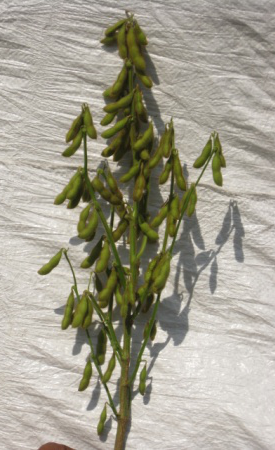 |
|
JS 20-34 (2014) |
Duration: Extra early 86-88 days .
Yield: 20-22 q/ha
Features: Extra early high yielding variety most suitable for low
to medium rain fall, light to medium soils, uplands conditions, increasing cropping
intensity and with erect growth habit suitable for intercropping. It has shown multiple
resistance against major diseases like charcoal rot, Rhizoctonia aerial blight,
bacterial pustules, Alternaria leaf spot, collar rot , pod blight and Indian bud
blight and insect pests like stem fly, girdle beetle and defoliators. It possesses
excellent germinability and longevity. |
 |
|
JS 97-52 (2008) |
Duration: 98-102 days
Yield : 20-22 q/ha
Features: It is a wide adaptable culture. It possesses excellent
germinability, field emergence and longevity during storage, it has been rated as
high yielding variety showing resistant against stem-fly, girdle beetle and defoliators.
It is also tolerant to excessive moisture stress conditions. This variety has potential
to provide high yields in varied ecoadaphic situations.
|
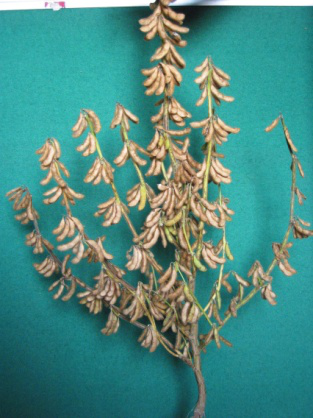 |
|
JS 95-60 (2006) |
Duration: Extra early 82-88 days
Yield: 18-20 q/ha
Features: Extra early, Four seeded pods, lanceolate leaves, resistant
to lodging and shattering, resistant to major biotic stresses, suitable for intensive
cropping, intercropping, low rainfall areas and upland conditions, where medium
and late duration varieties suffer a lot. Under the intensive cropping sequence
like soybean – potato – wheat and soybean |
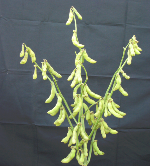 |
|
JS 93-05 (2002) |
Duration: 90-95 days
Yield: 20-22 q/ha
Features: Being an early variety it provides better chance for
second crop after soybean in rain fed conditions. Due to earliness, erect and compact
plant type, it is very much suitable for different inter-cropping combinations.
This variety has well distinguishable characters like lanceolate leaves and four
seeded pods. Resistant to lodging and shattering, resistant to major biotic stresses
and abiotic stresses
|
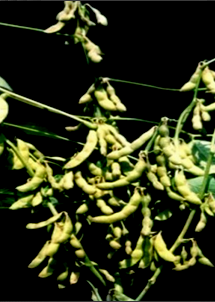 |
|
JS 335 (1992) |
Duration: 95-100 days
Yield: 18-20 q/ha
Features: Wide adaptable and most popular, high germinability and
longevity Resistant to girdle beetle & stem fly, tolerant to moisture stress. |
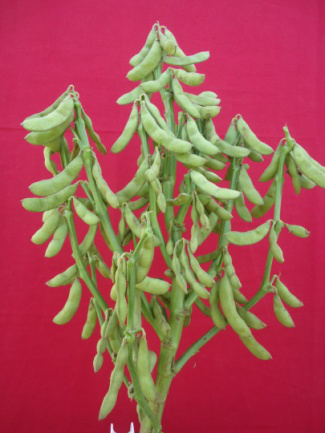 |
Crop wise varieties developed by JNKVV and released during 2002-2016
Important Achivements (during last five years)